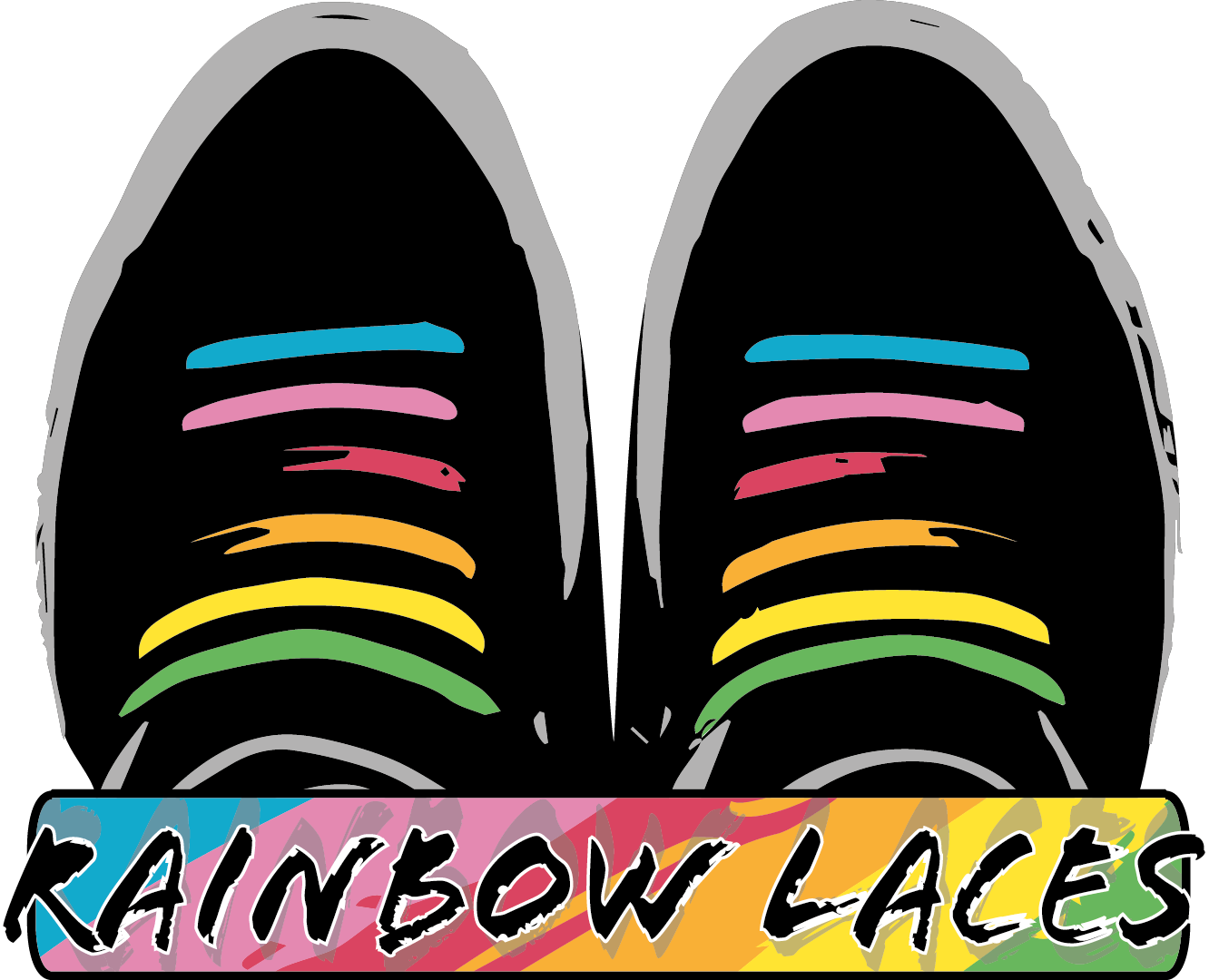Rituals of Safety
In a secluded region, a community devoutly clings to their ultra-religious beliefs, staunchly opposing any form of medical intervention. Afflicted by a severe and recurrent disease, they suffer as modern medicine’s advances pass them by, ignored for fear they might contravene sacred edicts. This disease is not mysterious to the outside world; it is well understood and treatably mundane, yet within the community, it wreaks havoc, unchecked and unchallenged.
Enter a group of researchers, armed with empathy and a plan, who secure tentative permission to assist. However, they face a rigid stipulation: no medicine, no modern medical practices. Undeterred, they cleverly weave a narrative around new rituals and ceremonies, mimicking medical practices but cloaked in the familiar guise of religious observance. These rituals are designed to align closely with the community’s existing beliefs, thereby easing their integration.
Initially, the community experiences a miraculous turnaround. Health improves markedly, buoyed by the powerful placebo effect of these novel rituals. The researchers observe, cautiously optimistic, as ceremonies involving faux treatments and symbolic acts bring the community together in shared belief and hope.
However, as time marches on, the placebo effect begins to wane. The researchers, committed to their cause, introduce more complex rituals and deeper layers of ceremony. While there is a slight uptick in efficacy, it's paired with a growing cynicism among the community members. The seeds of doubt sprout into a robust scepticism, reinforcing their distrust in anything resembling modern medical practices, which they still misunderstand profoundly.
The researchers’ narrative of success spreads beyond their borders, and soon, other communities seek the researchers’ expertise. Flush with funding offers, the researchers expand their program, training locals in these rituals that now crisscross across regions, seeping into various cultures under the guise of tradition rather than treatment.
Yet, as the novelty of the rituals dissipates, so does their effectiveness. The initial improvements give way to a gradual but undeniable decline. Communities that once celebrated the resurgence of health now watch helplessly as the disease returns with a vengeance. The placebo, potent but ultimately powerless against the relentless progression of the disease, fades completely.
The last chapters of the story are the most sombre. As people begin to die in increasing numbers, the rituals that once seemed to hold the promise of salvation are revealed as the hollow acts they truly are. Desperation turns to despair, and the communities fall silent one by one. The rituals are forgotten, and no one remains to practice or preach them.
Epilogue
This story is a stark metaphor for organisations’ misguided embrace of modern management frameworks like SAFe. Originally concocted as a comforting placebo to quell the anxieties surrounding agile transformations, SAFe has frequently degenerated into a lucrative tool for "agile washing"—slickly repackaging antiquated practices under the veneer of innovation. It panders to leaders uncomfortable with the inherent uncertainties of genuinely agile operations, offering a structured, familiar approach that might appear safe but often suffocates true innovation.
This narrative bears a broader truth: the seductive lure of certainty in an unpredictable world. Much like the community in our tale clung to ritualistic practices to insulate themselves from the brutal realities they faced, organisations gravitate towards frameworks like SAFe to manufacture an illusion of control and predictability. Yet, as our dismal story illustrates, denying reality does not alter it. No more than a child who covers their eyes and claims invisibility can vanish from view.
The real challenge—and indeed, the opportunity—for organisations is to embrace the ambiguity they fear. The value an organisation cultivates is not entrenched in the known and the predictable but discovered through the relentless pursuit of exploration and adaptation to the complexities of the real world. As one workshop participant noted, "So, the more agile you are, the closer to reality you are?" This remark pierces the heart of the matter, underscoring the imperative to confront reality as it truly is, not as we might wish it to be.
Ultimately, the rituals and practices that purport to offer control and certainty might provide temporary solace, but they fail to address the fundamental challenges of navigating a rapidly evolving environment. Organisations must engage with business and innovation’s uncertain and unpredictable nature rather than cowering behind the false security of rigid, lucrative frameworks. In the end, SAFe is not a beacon of safety but a mirage of stability in the shifting sands of business dynamics.
